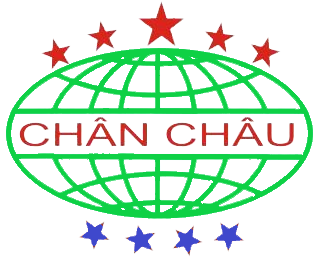chung cư gamuda, biệt thự gamuda, liền kề gamuda, chung cư goldseason, chung cư valencia, chung cư imperia sky garden,Imperia Sky Garden, Imperia Sky Garden 423 Minh Khai,
THE EQUIPMENT
The primary workhorse of this package is similar to the QuestUAV Surveyor package with the high res Sony A6000 camera for finescale imagery.
The specially designed WRM Surveyor system will allow large areas of up to 1000ha to be covered in one flight – a considerable advantage when dealing with large uplands. The camera motion has been optimized for Computer Vision analysis (see Photoscan and Pix4D) and is excellent for creating hydrological models and monitoring the progress and efficacy of peatland restoration. With fully autonomous flight the UAV will automatically cover the required area, ending in a simple and safe parachute landing. The system has a degree of water resistance, making it safe in the event of a wet landing.
The equipment is based on the QuestUAV Q-Pod system, with its interchangeable payload bays and mixed sensor capability. One airframe will accept up to twelve different types of payloads including multispectral, infra red and hyperspectral cameras.
The WRM system also employs a low-cost multispectral twin camera Q-Pod for vegetation analysis. With a 150Ha survey area this system is good for identifying potentially invasive species, crop health, peat loss, water leak vegetation change, and a degree of water content. The chosen computer vision software for this kind of analysis is Pix4d and this comes bundled with the whole package.
A final option for this package is a thermal option. Water content is often hidden to the naked eye, but a minor temperature difference from such things as hidden water and leaks can be spotted from the air with a thermal camera. This WRM Thermal Q-Pod option comes with a calibrated and radiometric camera capable of spotting minor (1 degree) temperature changes. With care, long distances of pipelines can be inspected in rural areas.
THE METHODOLOGY
The methodologies for producing effective data analysis are varied.
Solutions are generally based on the construction of georeferenced orthomosaics and digital elevation models that can be easily pulled into WRM ???software packages. Single images and video can easily be analysed on a laptop immediately after flight for immediate, on-site, action.
Detailed survey experience and best management practice have allowed us to provide the most efficient workflows for WRM.
Vegetation analysis uses the same methodology above, but takes it one step further to provide a data layer based around the NDVI calculation. Again, best practice is available to get the most from the data.
Thermal analysis is best done from video imagery using our radiometric solution. However a series of temperature data snapshots can be used to produce a mosaic in a GIS package such as ARCGIS. The GIS analysis software is not supplied with our solution as WR Managers will want to use their own software resources.
TRAINING
It would be impossible to operate this equipment and achieve high quality data analysis without appropriate training. QuestUAV therefore provides the option of a number of training phases:
PRE-TRAINING. This is a phase of preparatory work where a crew will conduct a series of online work-packages. These packages will take each crew through the booking system, online resources, manuals, preparation of your own flying site and maintenance area. The packages are designed to prepare you as much as possible before receiving the hands-on the Manufacturer Training and flight experience. There is no charge for this phase.
MANUFACTURER TRAINING. The WRM package includes the option of a 3-day course at our training grounds in Northumberland, UK. This training is intensive, hands-on training that includes flying preparation, flying, maintenance, Air Law, flight planning and basic post processing. The training concludes with a flight test, issue of certificate and the signing of logbooks.
WATER COMPANY ONSITE TRAINING. This phase of training takes place where the host water company will be expecting to base the UAV crew and equipment. A training field will be setup up and general operations and maintenance facilities will be established. Some flying will be conducted, some post processing will be completed, but the main objective is to have the crew, and the larger team, operating a UAV competently and safely in a water company environment.
This training is for between two and six persons.
ONGOING TRAINING. It is not unusual that crews forget some of their training, or may experience a month or more delay between training and making their first flights. We therefore offer Ongoing Training as single UAV training days and this may be booked by you or offered by us as part of your ongoing support.

WATER RESOURCES MANAGEMENT UAV PACKAGE
WRM requires many difficult tasks to be undertaken such a monitoring soil erosion, water balance, recharge, flood, drought, water leaks, water quality, crop water, soil moisture, runoff, invasive species, wetlands, reservoir content.etc.
As a result QuestUAV has been part of a TSB funded scientific study to ascertain where a fixed wing drones can assist managers to undertake this kind of work, but at a finer scale and with greater immediacy than other methods such as satellite data and conventional aerial photography. Successes from this project are now being commercialised and made available to resource managers across the globe.
Key to this package is both the EQUIPMENT and the METHODOLOGY.




